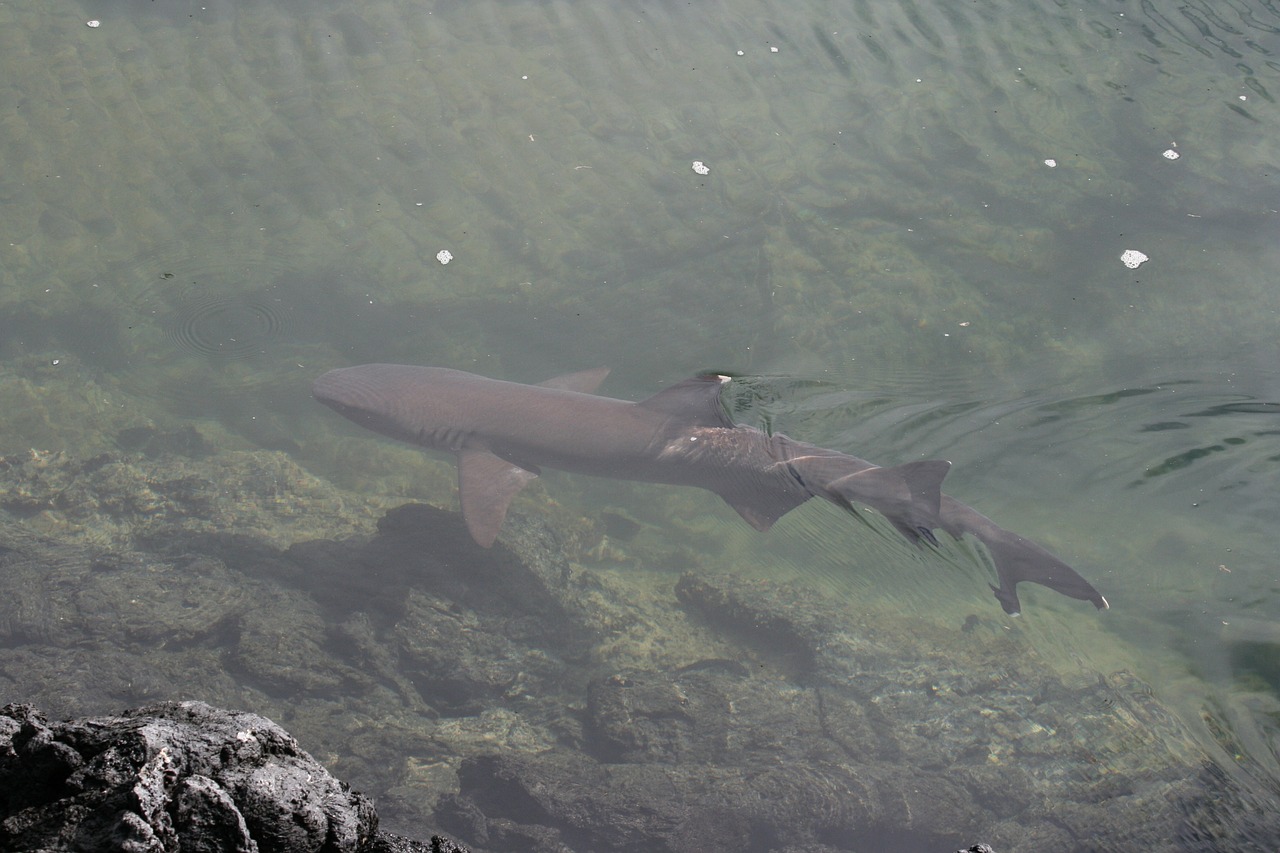Introduction
The Galapagos Islands, a remote archipelago in the Pacific Ocean, are home to a variety of unique and captivating species. Among the many marine inhabitants, the Galapagos shark stands out as a mysterious and awe-inspiring creature.
Our blog post, we’ll take a deep dive into the world of the Galapagos shark, exploring its distinctive features, behavior, and the ongoing efforts to protect and conserve this extraordinary species.
Galapagos Shark Overview
Apex Predator
The Galapagos shark (Carcharhinus galapagensis) is a species of requiem shark found in the Galapagos Islands and surrounding waters. Renowned for its sleek appearance and remarkable adaptability, this apex predator plays a crucial role in maintaining the ecological balance of the marine ecosystem.
Physical Characteristics
Beyond the Surface
The Galapagos shark boasts a streamlined body, allowing it to navigate the ocean currents with incredible agility. With a length ranging from 10 to 12 feet, these sharks are not among the largest, but their slender build and powerful tail make them efficient hunters.
Their characteristic dorsal fin is a distinctive feature, and the countershading on their bodies helps them blend seamlessly with the ocean depths.
Habitat and Range
Navigating the Pacific Waters
Galapagos sharks are primarily found in the warm waters around the Galapagos Islands, but they also roam the Pacific Ocean. Their wide-ranging habitat includes coastal areas, oceanic islands, and even deep-sea environments.
Understanding their migratory patterns is crucial for both researchers and conservationists seeking to protect these elusive creatures.
Feeding Behavior
The Hunter Beneath the Waves
Galapagos sharks are opportunistic predators with a diverse diet. They feed on a variety of marine species, including fish, seals, and squid. Their hunting strategies involve stealth and speed, making them efficient predators in the vast expanse of the ocean.
Studying their feeding behavior provides valuable insights into the intricacies of the marine food web.
Reproduction and Life Cycle
Family Matters
The reproductive habits of Galapagos sharks are still a subject of ongoing research. What is known is that these sharks give birth to live young, a process known as viviparity. The gestation period is relatively long, and female Galapagos sharks give birth to a small number of well-developed pups.
Understanding their life cycle is essential for conservation efforts aimed at ensuring the long-term survival of the species.
Conservation Challenges
Precious Species
Despite their crucial role in the marine ecosystem, Galapagos sharks face various threats that put their Populations at risk. Overfishing, habitat destruction, and climate change all contribute to the challenges these sharks encounter.
Conservation initiatives, including marine protected areas and sustainable fishing practices, are essential to safeguard the future of the Galapagos shark.
Research and Scientific Contributions
Insights from the Depths
Dedicated researchers and marine biologists are working tirelessly to unravel the mysteries surrounding Galapagos sharks. Cutting-edge technologies, such as satellite tagging and underwater drones, enable scientists to observe these creatures in their natural habitat.
The data collected contributes not only to our understanding of Galapagos sharks but also to broader efforts in marine conservation.
Community Involvement
Engaging Locals in Conservation
Preserving the Galapagos shark requires collaboration between researchers, conservation organizations, and local communities. Educating residents about the importance of these sharks in maintaining a balanced ecosystem fosters a sense of responsibility.
By involving local communities, conservation efforts gain momentum and support, creating a sustainable approach to protect the Galapagos shark.
Mysteries of the Deep
The Galapagos Shark’s Secrets
Galapagos shark’s life beneath the ocean’s surface is filled with mysteries waiting to be unraveled. With a keen sense of curiosity, researchers and marine enthusiasts alike are drawn to the challenge of uncovering the secrets of this elusive apex predator.
From its elusive hunting grounds to its migratory patterns, every aspect of the Galapagos shark’s life contributes to the intricate tapestry of marine ecology.
Adaptations for Survival:
Thriving in Diverse Environments
The Galapagos shark’s ability to thrive in diverse environments sets it apart as a highly adaptable species. From the shallows of coastal areas to the depths of the open ocean, these sharks navigate their surroundings with finesse.
Understanding the adaptations that enable the Galapagos shark to survive in such varied habitats provides valuable insights into the broader field of marine biology.
Ecological Importance
Balancing the Underwater Ecosystem
As an apex predator, the Galapagos shark plays a crucial role in maintaining the balance of the underwater ecosystem. By regulating the populations of prey species, these sharks contribute to the overall health and resilience of the marine environment.
The intricate web of interactions within the Galapagos ecosystem underscores the interconnectedness of all marine life.
Conclusion
Guardians of the Deep Blue
In conclusion, the Galapagos shark remains a symbol of the delicate balance within our oceans. As we delve into the mysteries of their habitat, behavior, and the challenges they face, it becomes clear that our role as stewards of the environment is vital.
By understanding and appreciating the Galapagos shark, we take a step towards ensuring the longevity of this incredible species and the preservation of the diverse marine life within the Galapagos Islands. Let us embark on a journey to protect the guardians of the deep blue for generations to come.






